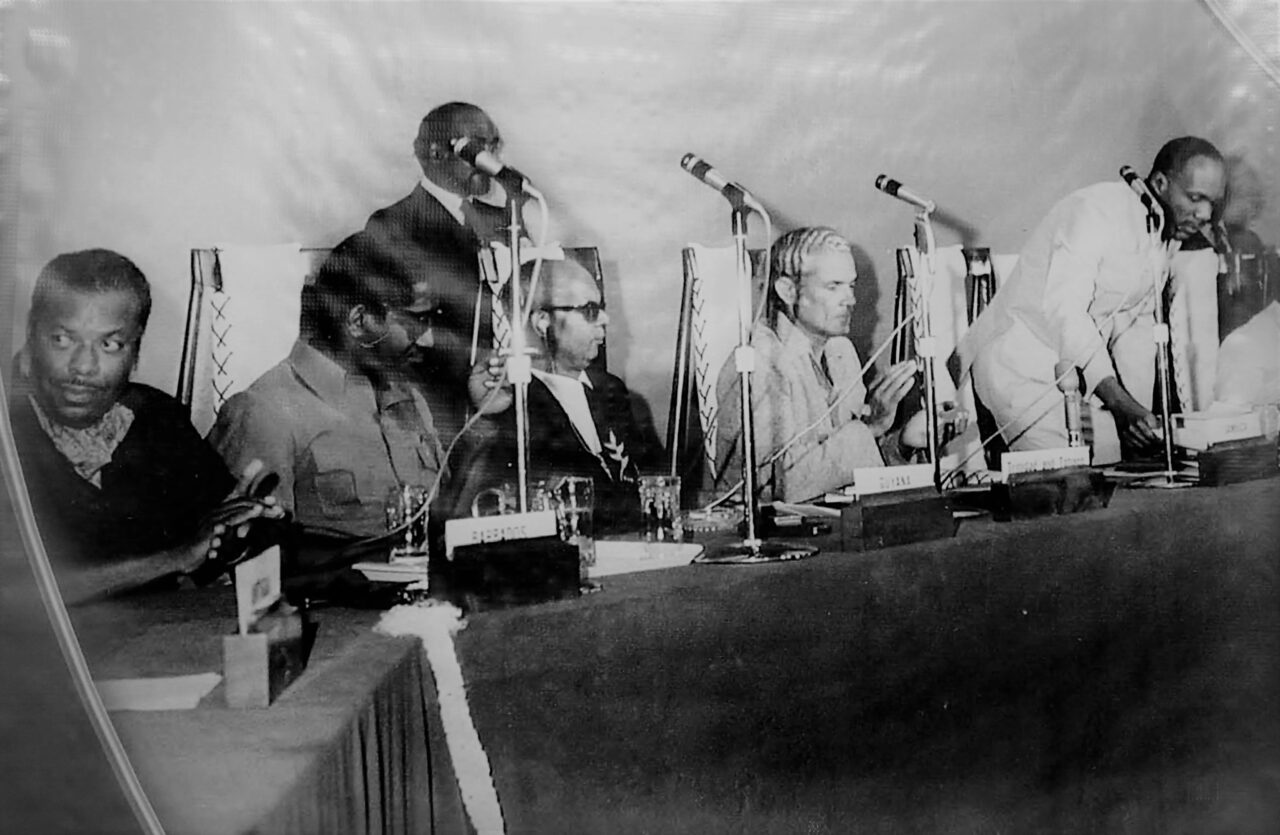Since the Treaty of Chaguaramas in 1973, Caribbean leaders have consistently advocated for the region to remain a zone of peace, free from foreign military intervention and domination. This vision, however, has been tested by a history marked by colonial struggles, slavery revolts, and political instability. Nations like Haiti have endured multiple coups, while events such as the Grenada Revolution and subsequent U.S. invasion in 1983 underscore the region’s turbulent past. Even Trinidad and Tobago experienced a brief coup in 1990. By the 2000s, the Caribbean had achieved relative stability, though political unrest and racial tensions persisted in some areas. In 2014, the Community of Latin American and Caribbean States (CELAC) declared the region a ‘Peace Zone,’ emphasizing peaceful conflict resolution and international law. Recent U.S. military activities, particularly targeting drug trafficking, have reignited concerns about foreign intervention. CARICOM has reaffirmed its commitment to peace, sovereignty, and combating narco-trafficking and illegal arms trade. However, the rise in gang violence, homicides, and drug trafficking poses significant challenges to this vision. Regional leaders must address these issues with decisive action to ensure true peace and security for all Caribbean citizens.
